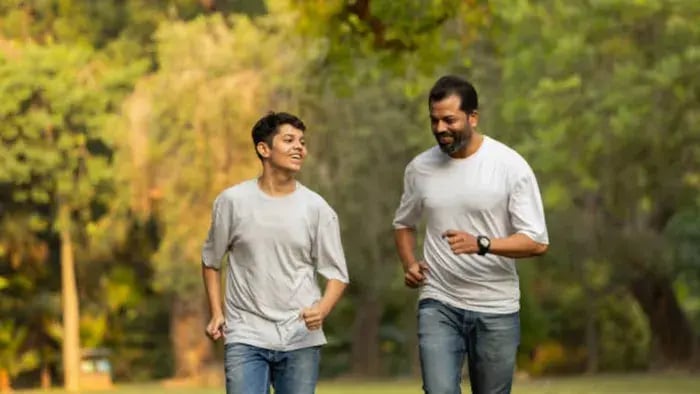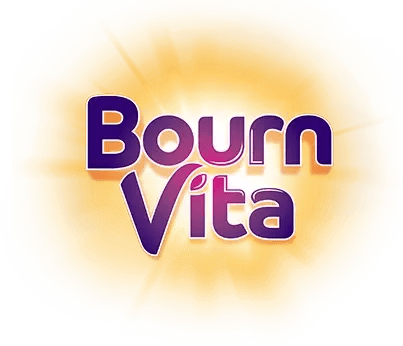- Light Movement Helps with Digestion
- Heavy Exercise Immediately After Meals Can Be Uncomfortable
- Timing Depends on the Meal Size
- Post-Meal Walks Can Help With Blood Sugar Control
- Listen to Your Body
- Hydration Plays a Part
- To Move Or Not After Meals
Introduction
Many people exercise after eating, but not everyone knows how it affects the body, especially for teens and adults who want to stay active and healthy. Whether it’s a walk after lunch or a workout after dinner, the timing of exercise can affect how you feel, how your body digests food, and how effective your workout is.

After eating, your body redirects its energy to digestion, and blood flow is diverted to the stomach and intestines to break down the food. If you exercise too soon or too hard during this time, you might feel bloated, crampy, or sluggish. However, light exercise can aid digestion and help prevent the heavy, sleepy feeling that often follows a large meal.
Knowing the right balance between movement and mealtime can help you plan better. Whether you’re a teen in sports or an adult trying to stay fit, you should know how soon to exercise after eating, what kinds of exercise are suitable, and how to listen to your body’s signals. These minor adjustments can lead to better digestion, more energy, and a more enjoyable workout without the unwanted side effects.
7 Facts About Exercising After Eating for Teens and Adults

Whether you've just eaten lunch or dinner, knowing how and when to move your body afterwards can make a significant difference. These facts will help you understand what happens when you exercise after a meal and how to do it safely and effectively, whether you’re a teen building new habits or an adult looking to get healthier.
Light Movement Helps with Digestion
According to the National Institutes of Health (NIH), after you eat, your body focuses on digestion and sends more blood to your stomach and intestines. Light activities like walking, stretching, or slow cycling help stimulate digestion and prevent that heavy or bloated feeling. A 10- to 15-minute walk can also help reduce blood sugar spikes, especially after consuming meals high in carbohydrates. Make sure not to do anything too intense right away, your body needs a little time to process food first.
Heavy Exercise Immediately After Meals Can Be Uncomfortable
As per a study published in J Int Soc Sports Nutr. In 2011, jumping into intense workouts right after eating can lead to cramps, bloating, nausea, or sluggish performance. That’s because your body is still using energy to digest. For high-intensity exercise like running, weightlifting, or sports practice, wait at least 60 to 90 minutes after a full meal. This gives your stomach time to settle, helping you feel more comfortable and energized during your workout.
Timing Depends on the Meal Size
Research conducted by Sports Med. 2023 suggested that if you had a full meal, wait about 1.5 to 2 hours before any intense activity. If you have a light meal or snack, such as fruit, yogurt, or a sandwich, you can often start with light to moderate movement after 30 to 45 minutes. Your body needs more time to break down heavier food, so tune into how you feel rather than the clock.
Post-Meal Walks Can Help With Blood Sugar Control
Research published in South Dartmouth in 2000 shows that a short walk after eating helps regulate blood sugar, especially for teens and adults managing weight or energy dips. This is especially good after high-carb meals. Instead of sitting or lying down, a slow 10-20 minute walk helps with digestion and reduces fatigue, make it a daily habit.
Listen to Your Body
Everyone digests food at a different rate, so be sure to pay attention to your own signs, such as feeling full, sluggish, or uncomfortable. This gives your body more time to digest food before you begin exercising. If you feel light and ready to move, gentle exercise might make you feel even better. Trust your body’s cues is key to finding the balance between eating and moving.
Hydration Plays a Part
According to a study published in Nutr Rev. 2011, drinking enough water before and after eating helps with digestion and keeps you energized during activity. Be sure not to drink a lot of water right before exercising, especially after a meal, as it can contribute to bloating. Drink water throughout the day, and if you’re exercising post-meal, keep it light and consistent.
To Move Or Not After Meals
There’s a myth that you should never move after eating, but it’s about what kind of movement you do. It can be the low-impact activities that are safe and often beneficial for the body. It’s the timing and intensity that matter more when you move. Teens and adults can still stay active after meals by incorporating routines like walking, yoga, or household chores. These movements are gentle on the stomach and still contribute to a healthy, active lifestyle.
Conclusion

Understanding how your body responds to food and activity helps you plan better, feel better, and enjoy both meals and movement without discomfort. With the right approach, you can balance exercise and digestion in a way that supports your long-term energy, fitness, and well-being.
Her love for storytelling began with reading her grandfather’s speeches, where Tarishi saw the power of words in creating lasting memories. Combining her passions for food and writing, she has turned her life into a fulfilling path of sharing stories that celebrate flavours and how food brings communities together.
The views expressed are that of the expert alone.
The information provided in this content is for informational purposes only and should not be considered a substitute for professional medical advice, diagnosis, or treatment. Always seek the advice of your physician or another qualified healthcare provider before making any significant changes to your diet, exercise, or medication routines.
















